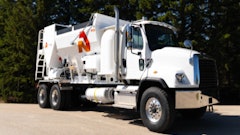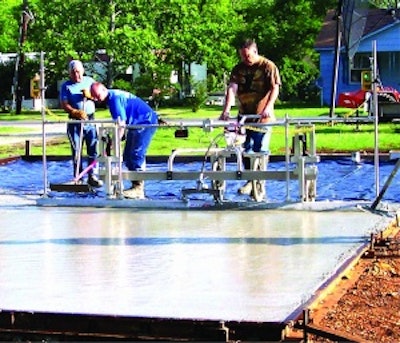
Let's face it - manual screeding is a physically stressful job. The bending and pulling strains just about every joint and muscle in your body. But screeding is the key to achieving a level concrete slab. The industry offers a few good options for screeding small and medium-sized jobs. From a driveway, to the handwork on a large commercial floor, power screeding will help you achieve a better slab.
Vibratory screeds
The evolution of a concrete contractor starts with casting aside the hand-held striker, standing up straight and taking hold of a hand-held vibratory screed. Vibratory screeds have a relatively low entry price, allowing contractors to see a quick return on their investments when you consider the physical advantages to workers, the speed in which one machine can perform screeding and vibrating, and the quality of the finished product.
Joe Lindley, president of Jlin, says his company has tested concrete quality with hand screeding vs. walk-behind vibratory screeds. "If the jobsite requires 4,000 psi concrete and the contractor places it by hand, the best strength the concrete may reach is 3,000 psi; that's because it's not vibrated," Lindley says. "If they run a hand-held screed over it and vibrate to get that trapped air out, then they'll come back up to the strength they're asking for. With the vibrating screeds, the vibration covers the whole area so you don't have hit-and-miss consolidation."
Vibratory screeds are designed for form-to-form screeding or wet screeding. The DuoScreed from Multiquip has a reversible blade that handles both screeding processes. "Form-to-form, you run it with the straight, slightly concave edge toward you," says Ben Wiese, product manager with Multiquip. "The triangle, or chisel nose, is for wet screeding. The purpose of that is to actually draw that shape out. The chisel nose will cut the concrete to that level."
Vibratory screeds are available in sizes from a few feet wide to more than 20 feet, with larger sizes requiring dual power heads. This equipment is ideal for flatwork jobs up to about 5,000 feet, such as pole barns, basement floors and other small, flat slabs. They're also handy on large flatwork pours for handwork and getting into small spaces or upper decks where larger equipment cannot go. This type of equipment works best on wetter mixes, with a 4-inch slump or higher.
For increased accuracy with a walk-behind vibratory screed, Jlin offers a laser-controlled hand-held screed. "Anywhere a hand-held screed could be used, you could use this," Lindley says. "You wouldn't want to bring a larger laser-guided screed in to do a garage floor, but with this unit you could. Or if you're working on a strip center or other small commercial project where the engineer is calling for tight tolerances on the floor levelness, but you have small slabs instead of one big pad, this might fit where something else wouldn't."
Roller screeds
Another entry-level screed type is roller screeds, or tube screeds. They're available in several sizes, from small, one-roller units to large, multi-roller, ride-on units specialized more for roadwork and bridges. A roller screed consists of a mechanized seamless pipe that spins against the concrete as contractors pull the unit over form rails. Roller screeds do not vibrate the concrete, so if vibration is engineered into a project a contractor will have to perform vibration manually.
Roller screeds are self-contained and easy to set up and use, Lindley says. "When you're just floating on the concrete with the hand-held screeds, you do have to be crafted in the art to realize when to set up wet pads and how to follow your lines to get it flat. With the roller screed, you can take someone who has never screeded before in their life and they can screed concrete fast and near perfect," he explains.
A roller screed's lack of vibration makes it ideal for pervious concrete, sloped projects like driveways and sidewalks, and inclines. It's especially productive on projects where you're laying concrete in strips. "A contractor will look at the actual configuration of the project more so than the square footage. A roller screed would be a good choice on a sidewalk, road repair or patch, small tilt-up panel, driveway, approach and even a two-lane road," says Bud Martin, field sales manager for TerraQuip Construction Products.
Attachments allow contractors to perform specialty pours with a roller screed, such as gutters, curbs and circular pours. Lindley says roller screeds work well on profile jobs like railroad track pours. "We do custom flanges that you put onto the screed pipe and as you screed off between the rails it puts an indentation in to allow room for the train wheels. That can be a very, very labor-intensive job, but you can save a lot of time using a roller screed," he says.

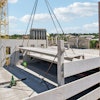

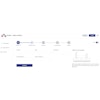
![Fcp Racatac Chair 10893876[1]](https://img.forconstructionpros.com/mindful/acbm/workspaces/default/uploads/2025/10/fcp-racatac-chair-108938761.10l0At5WXv.png?auto=format%2Ccompress&bg=fff&fill-color=fff&fit=fill&h=100&q=70&w=100)
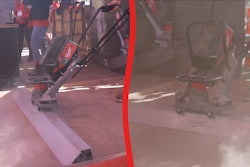
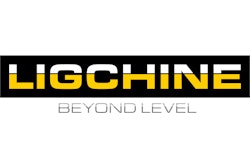
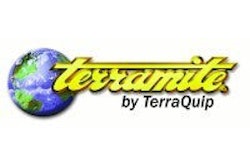
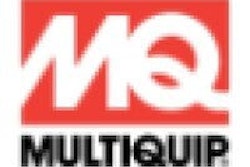




![Fcp Racatac Chair 10893876[1]](https://img.forconstructionpros.com/mindful/acbm/workspaces/default/uploads/2025/10/fcp-racatac-chair-108938761.10l0At5WXv.png?ar=16%3A9&auto=format%2Ccompress&bg=fff&fill-color=fff&fit=fill&h=135&q=70&w=240)





